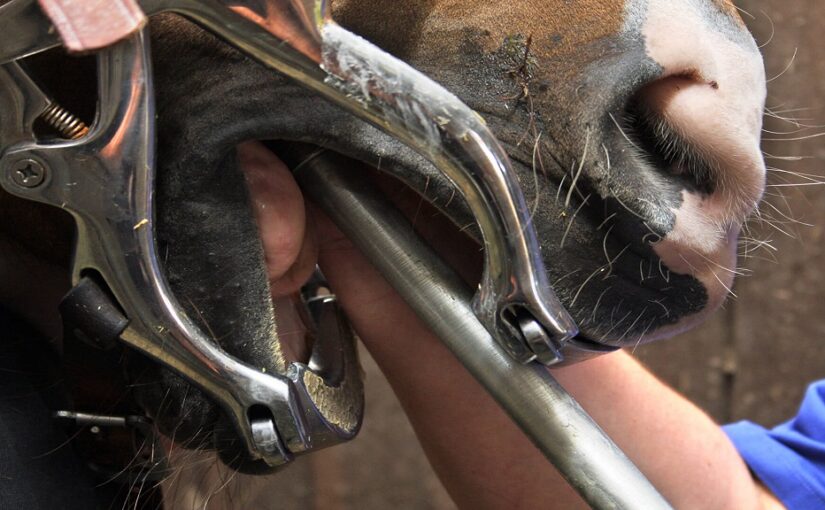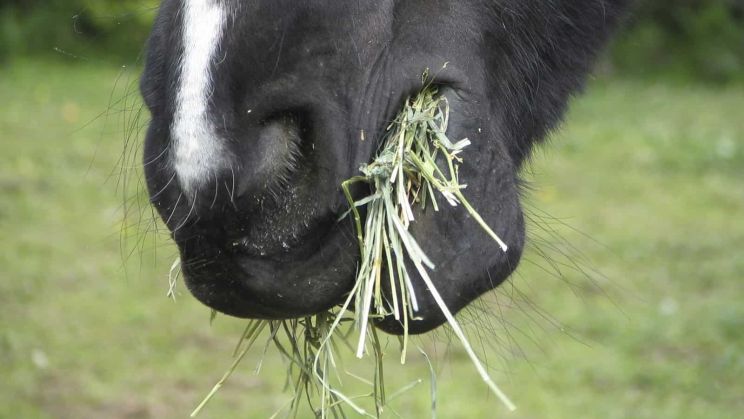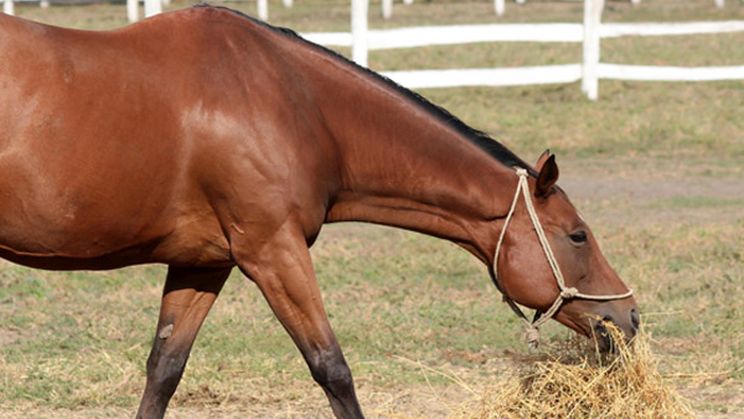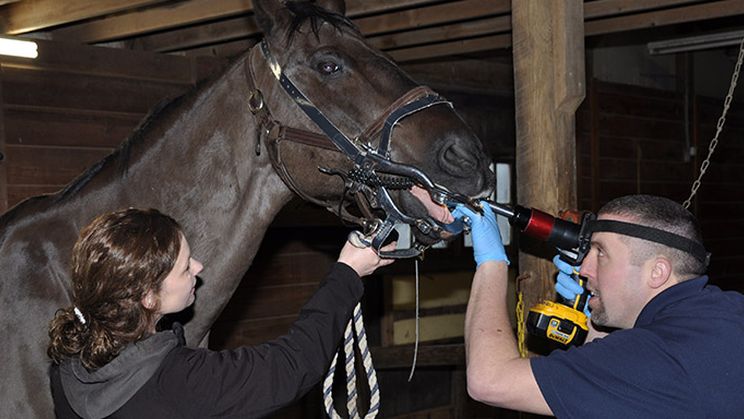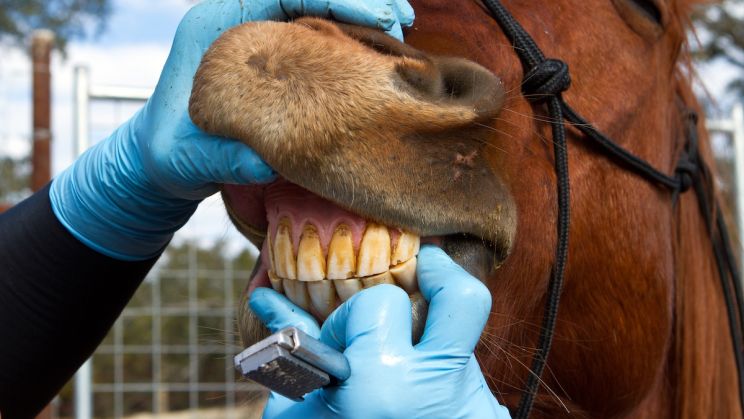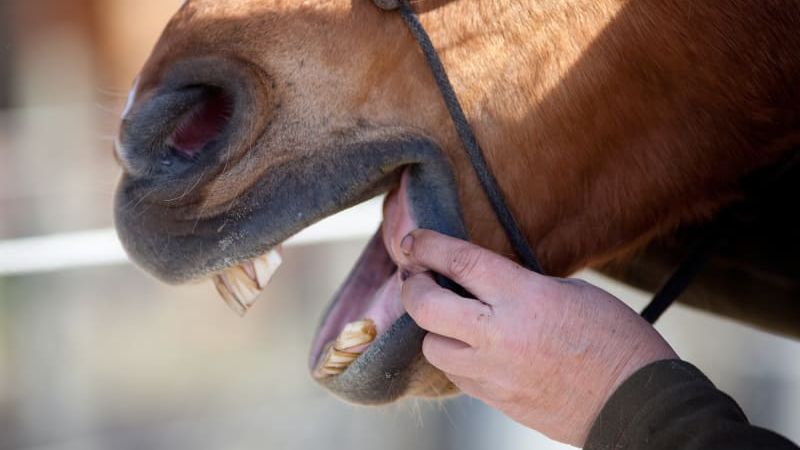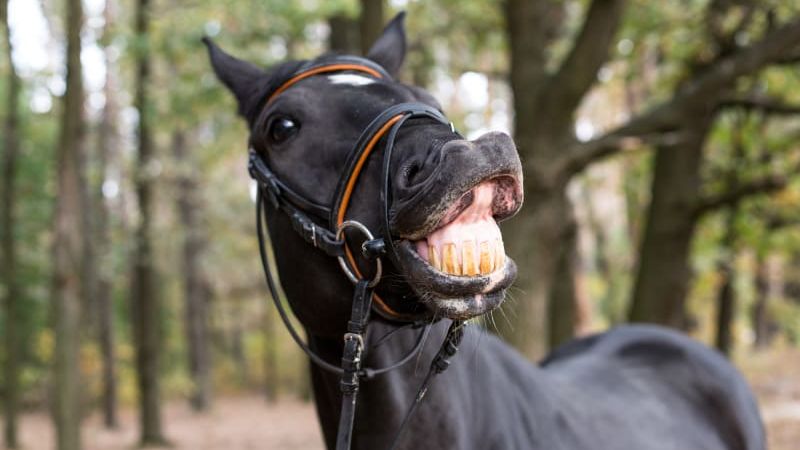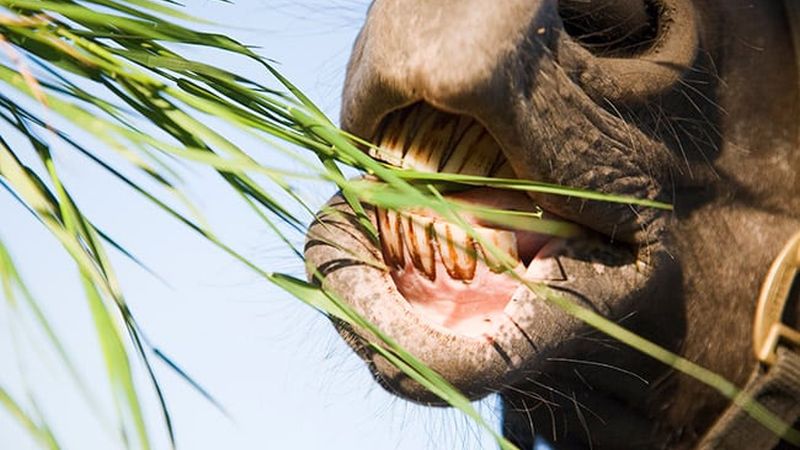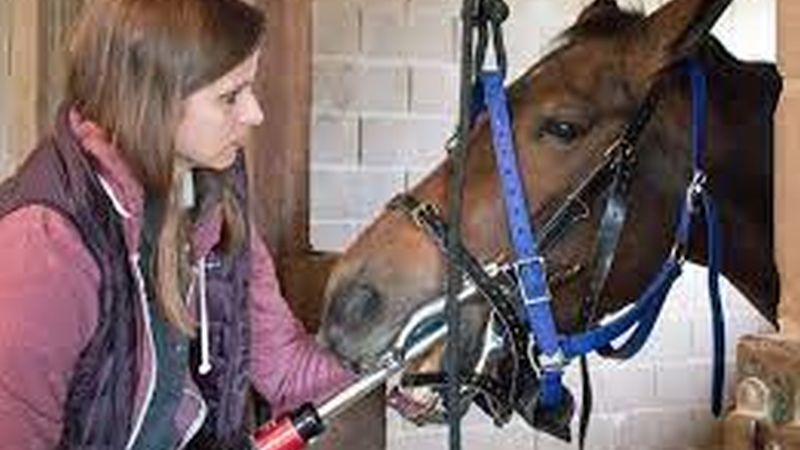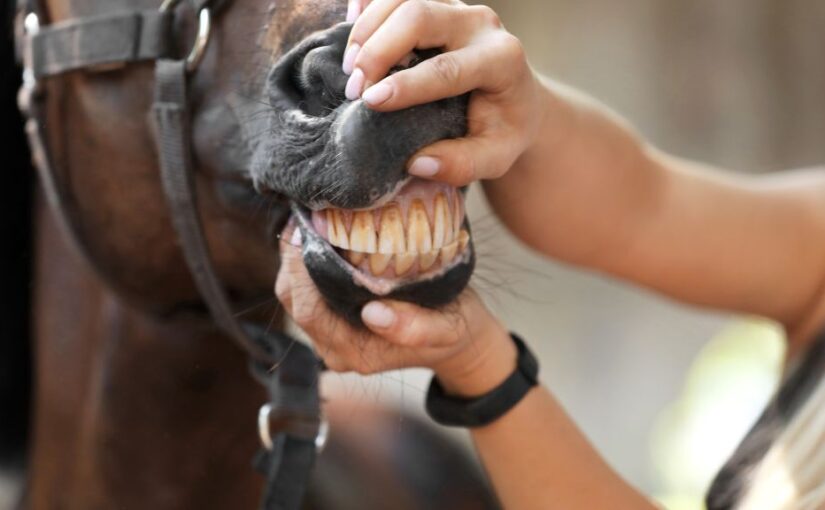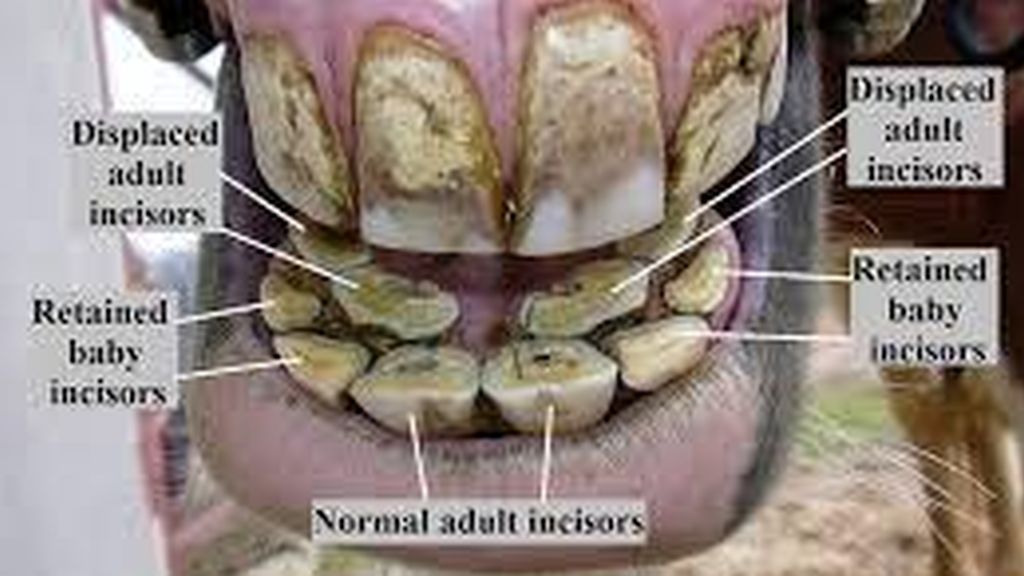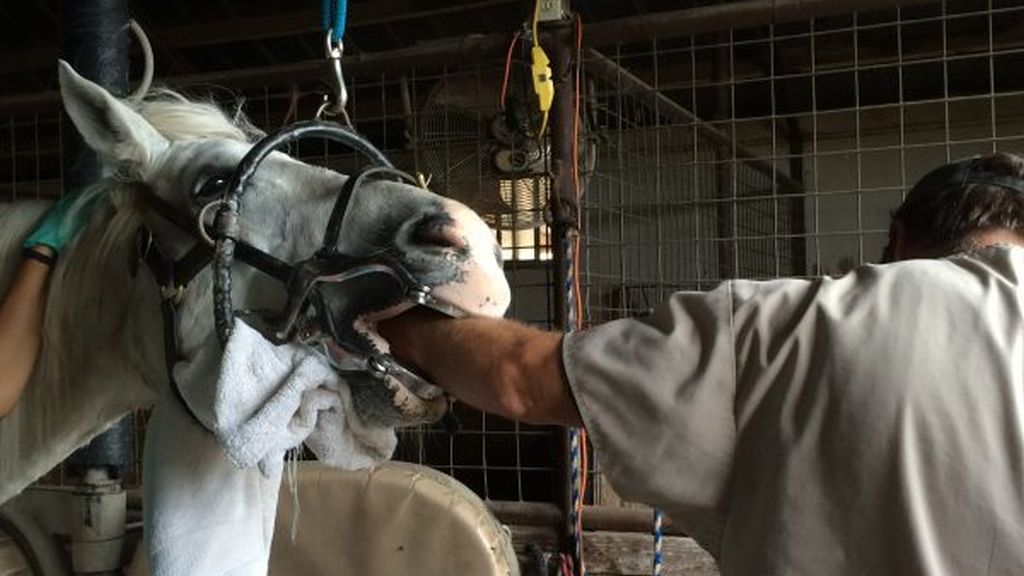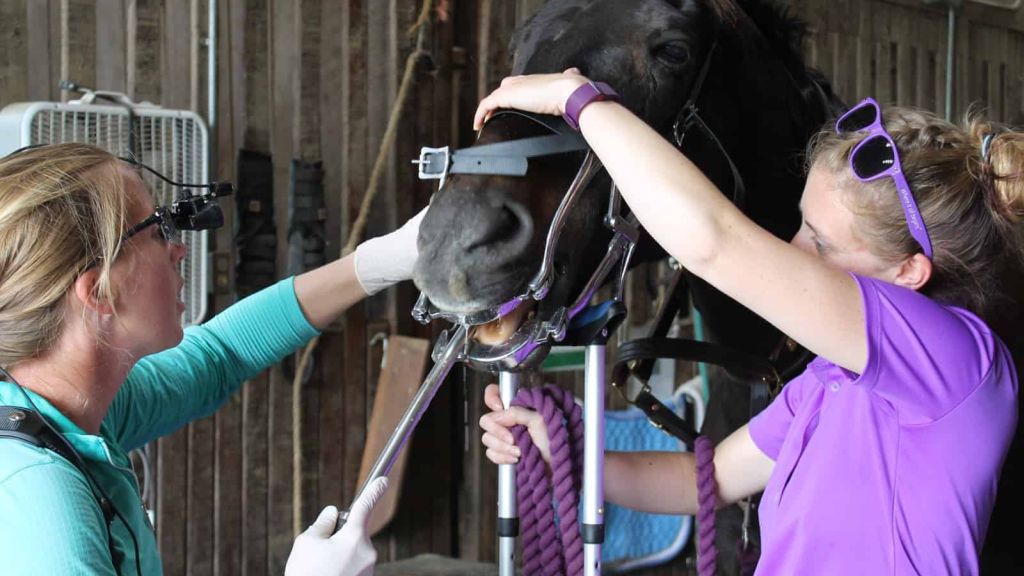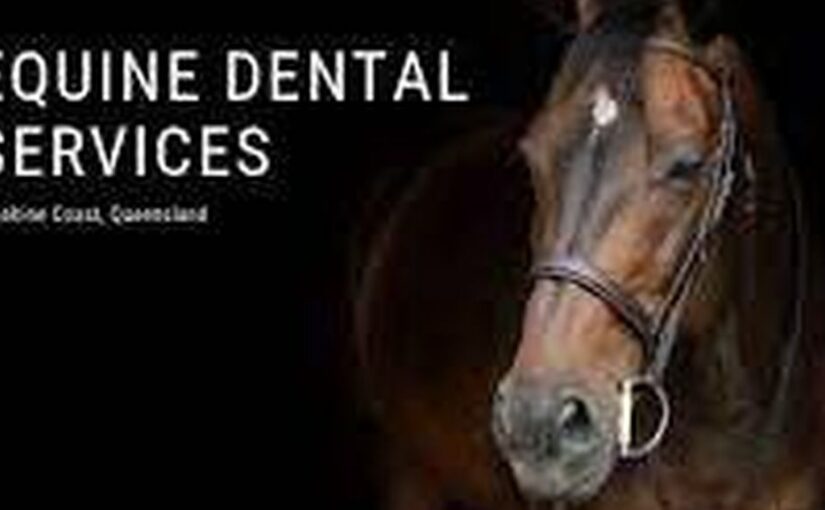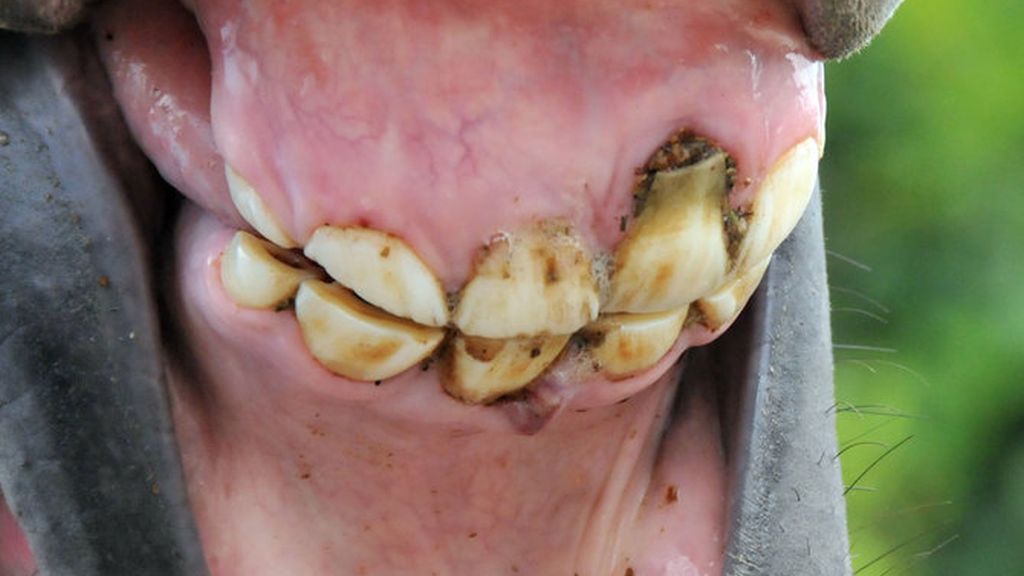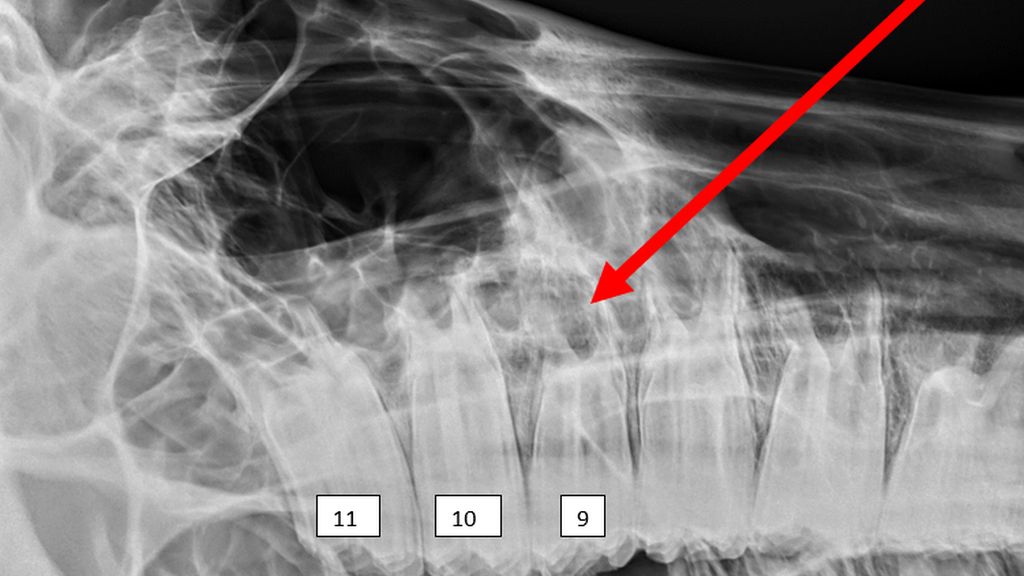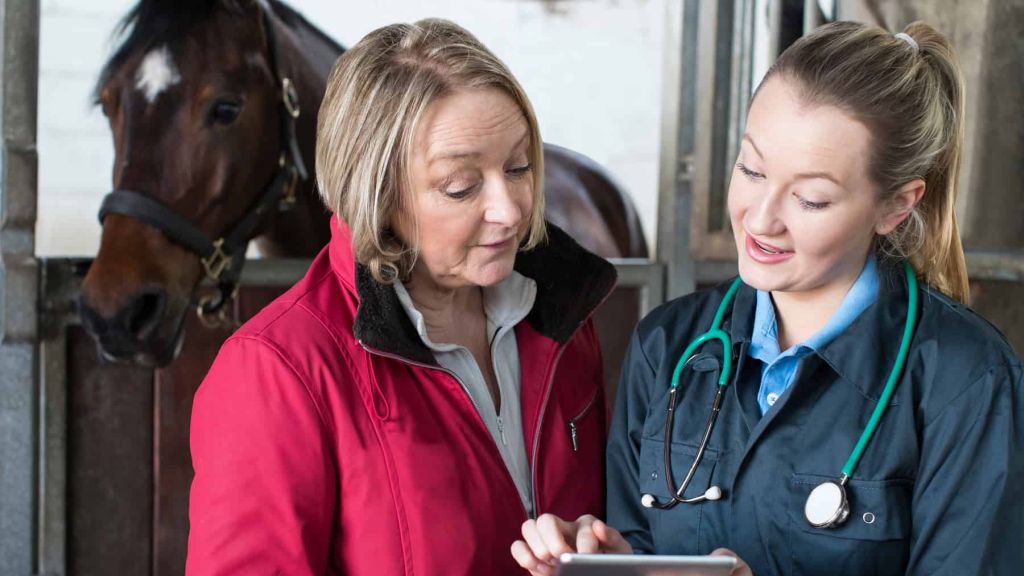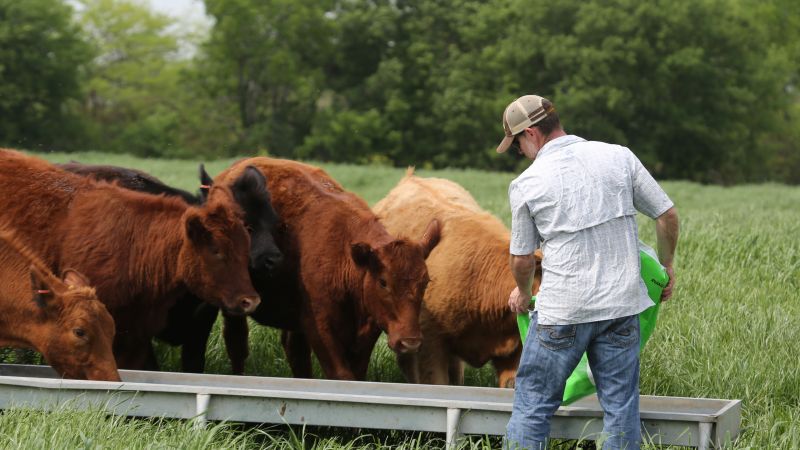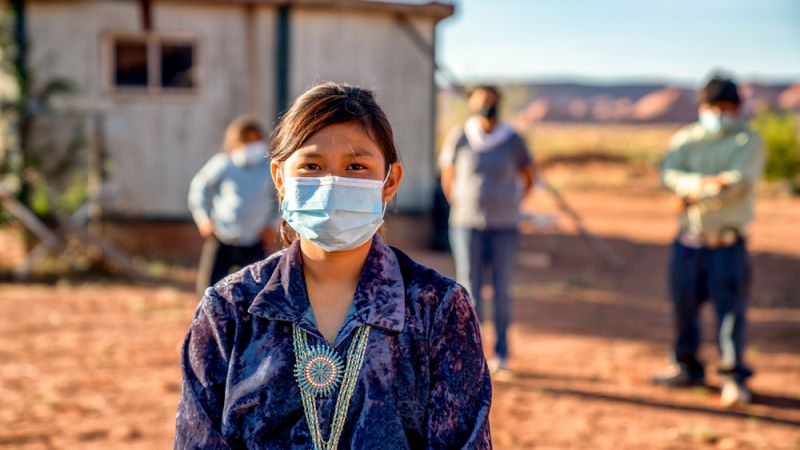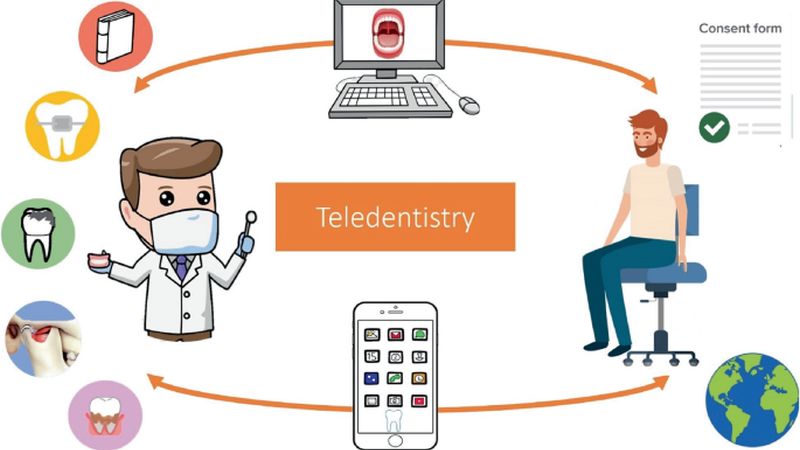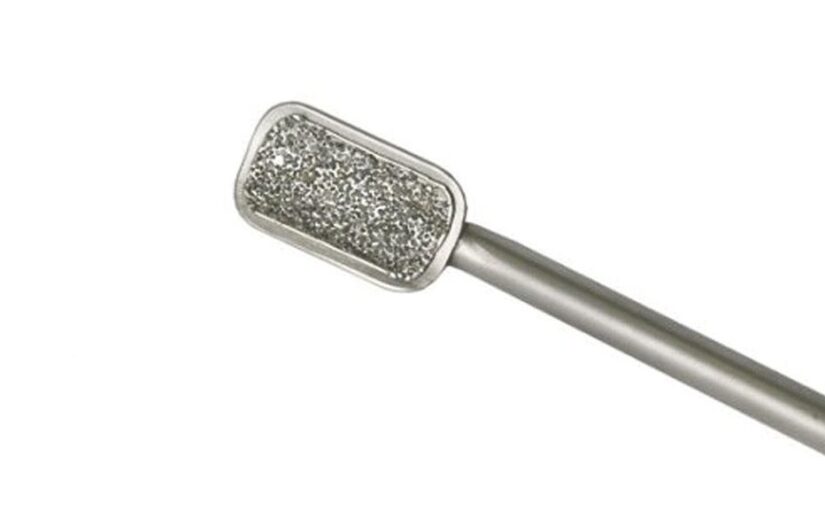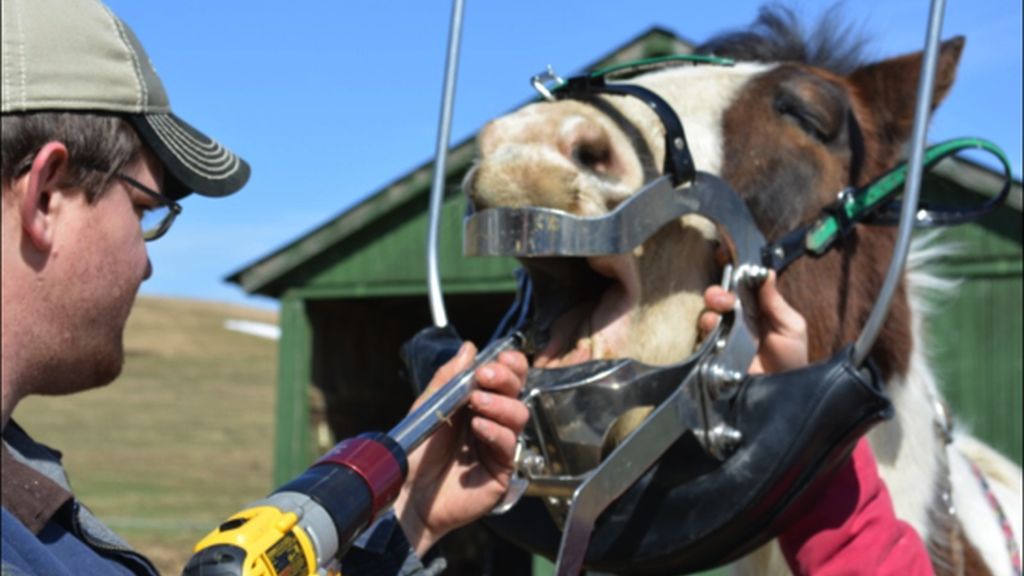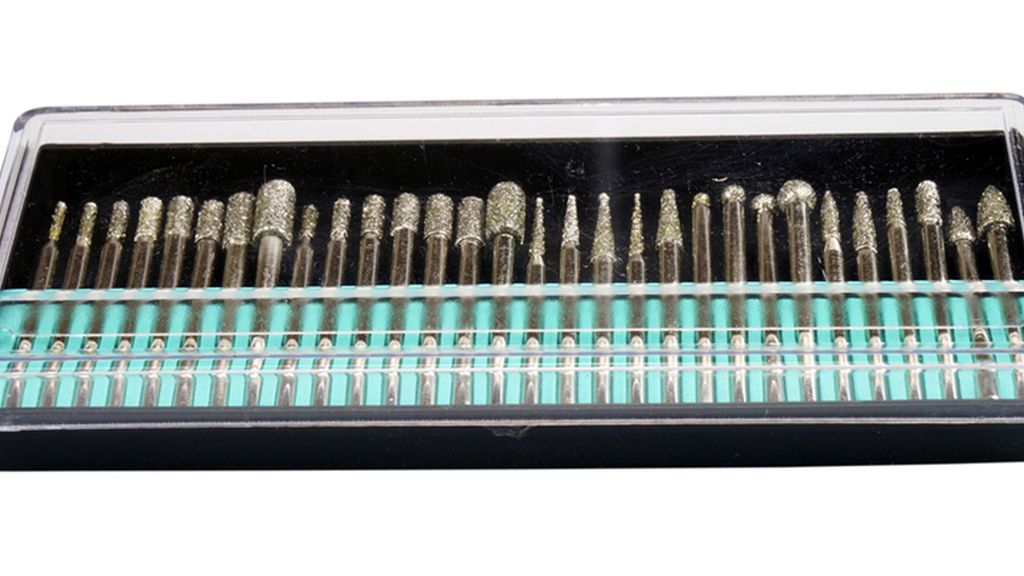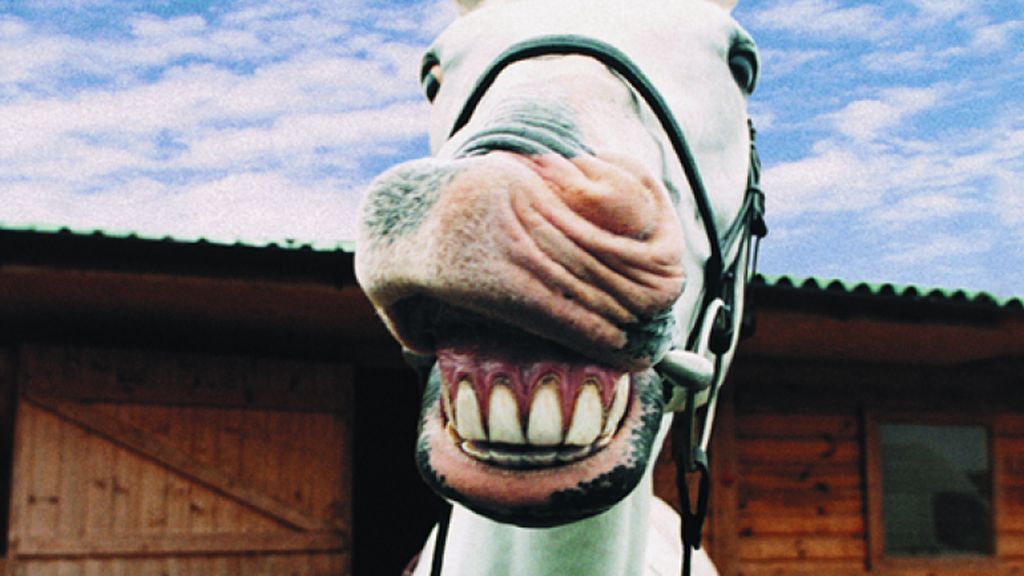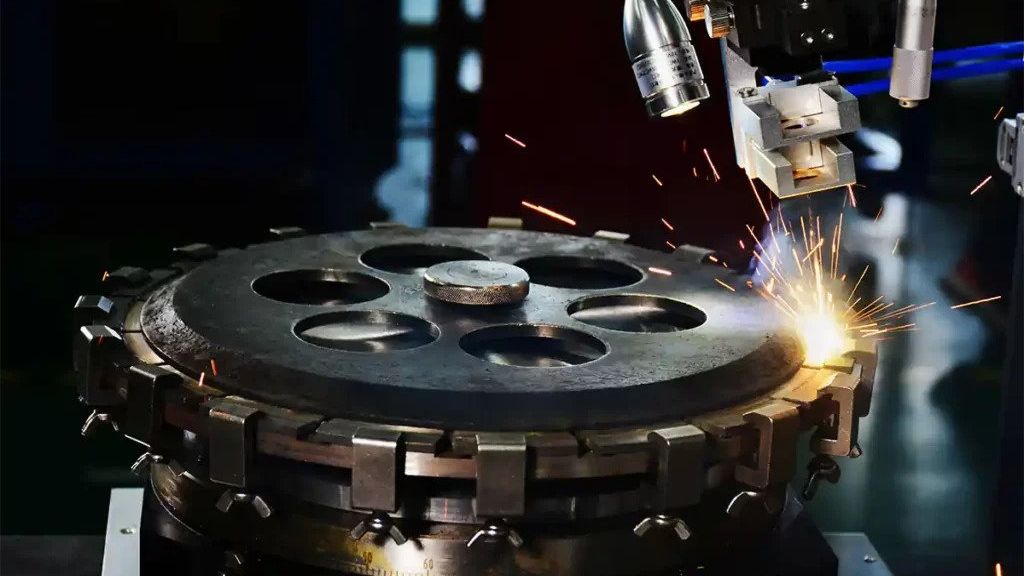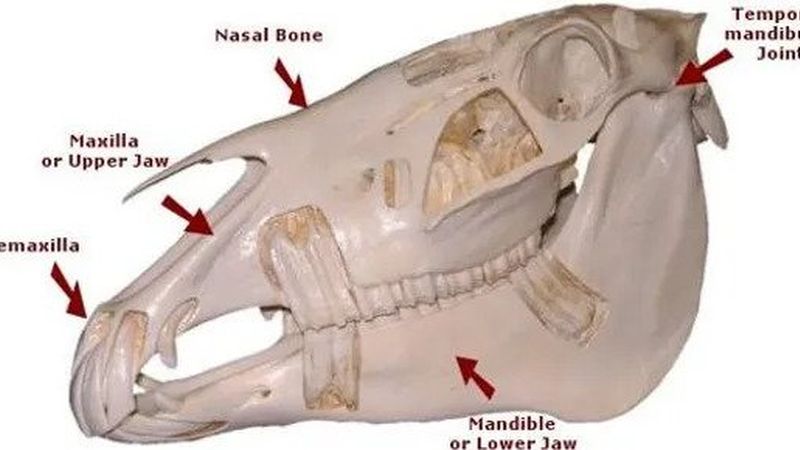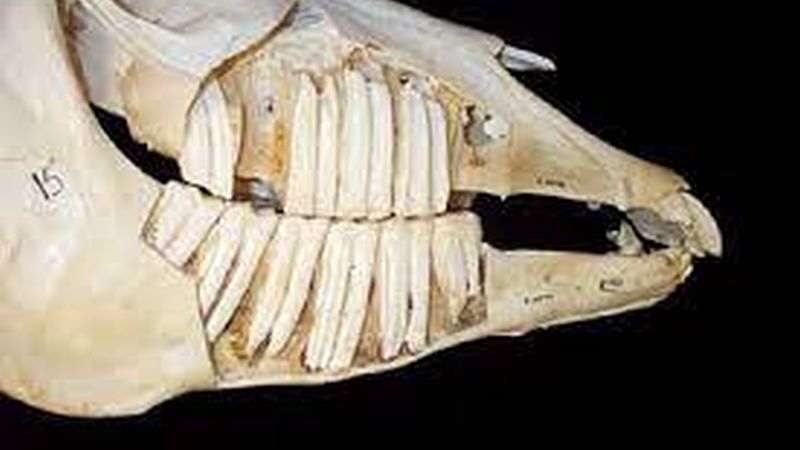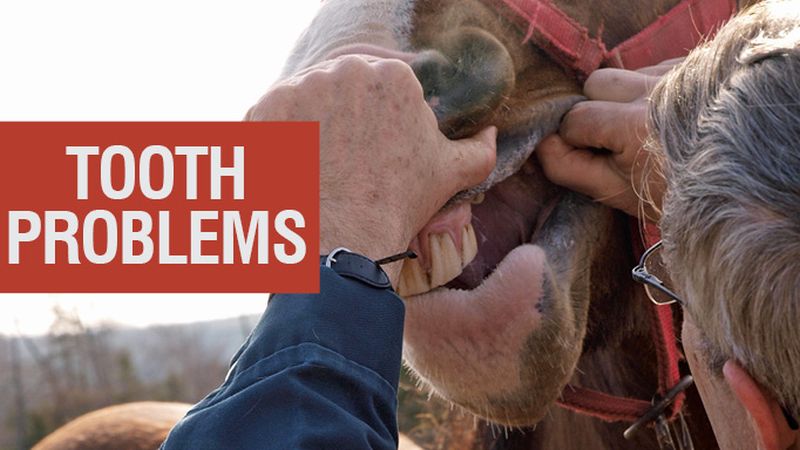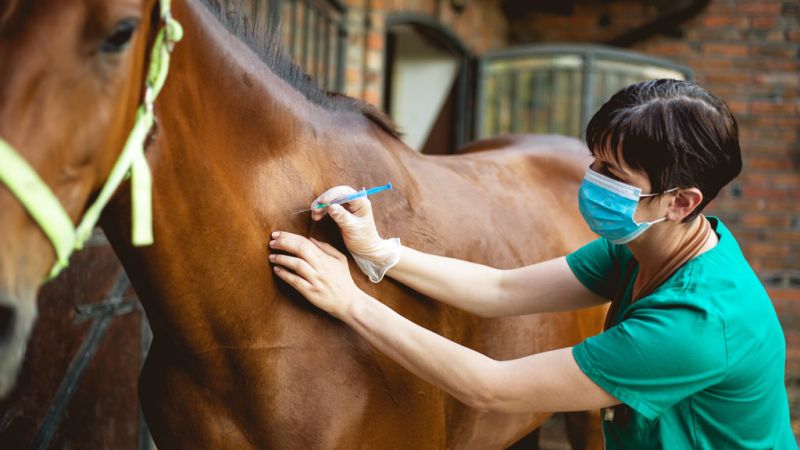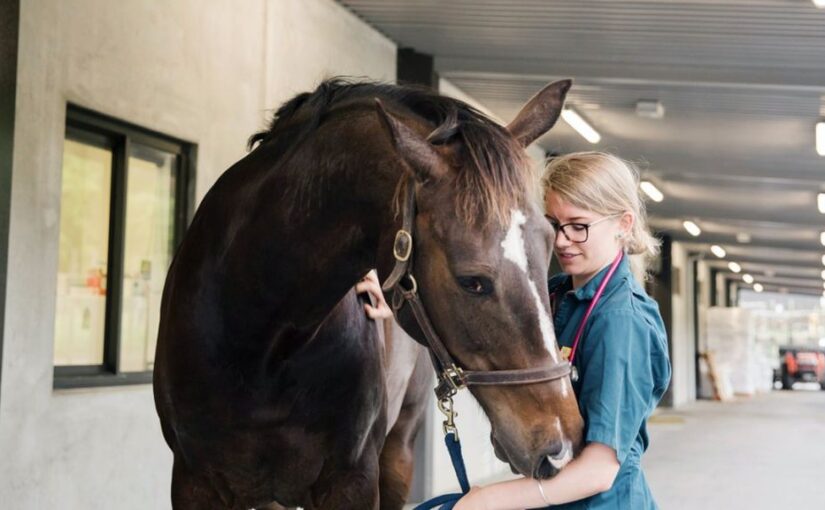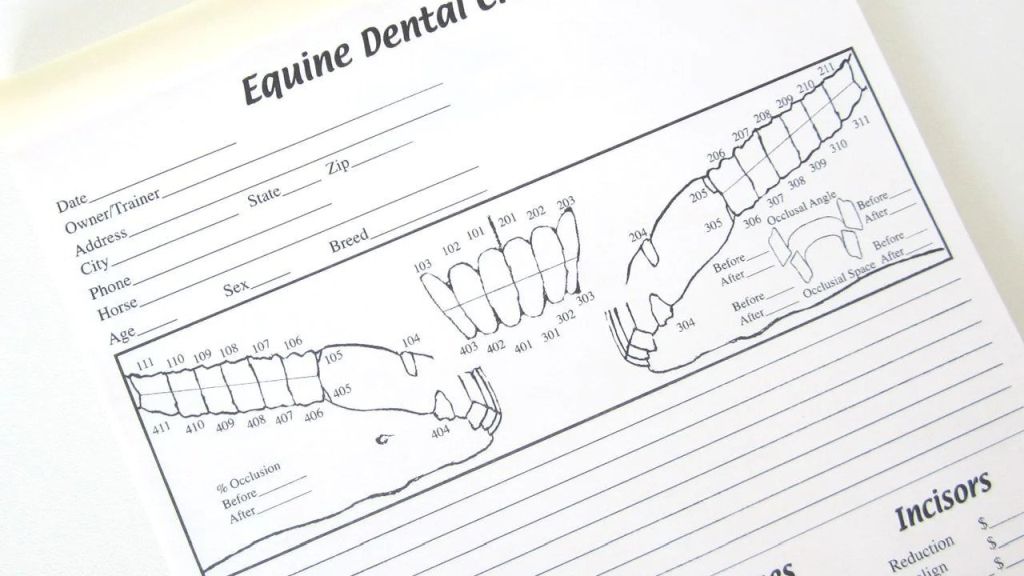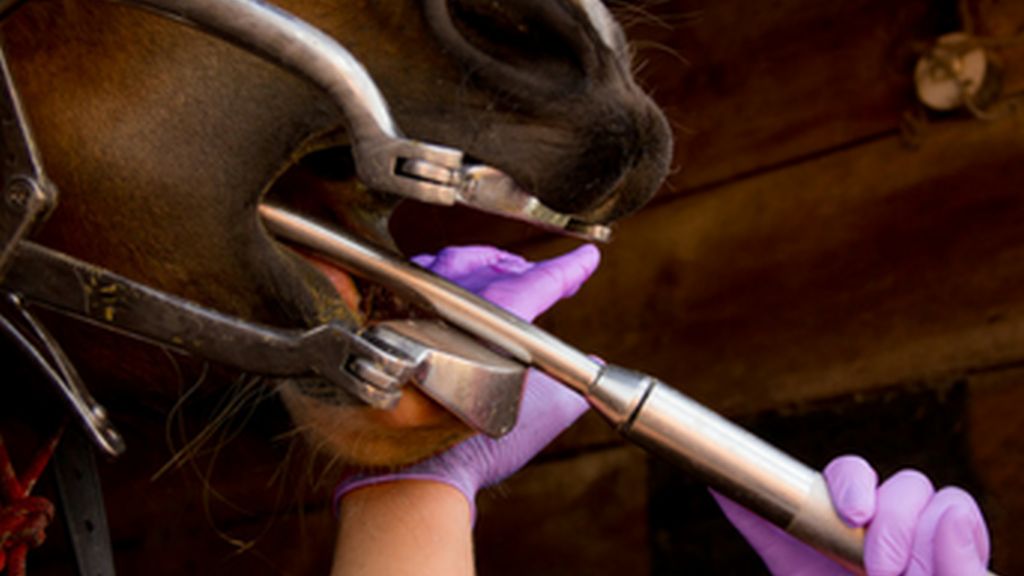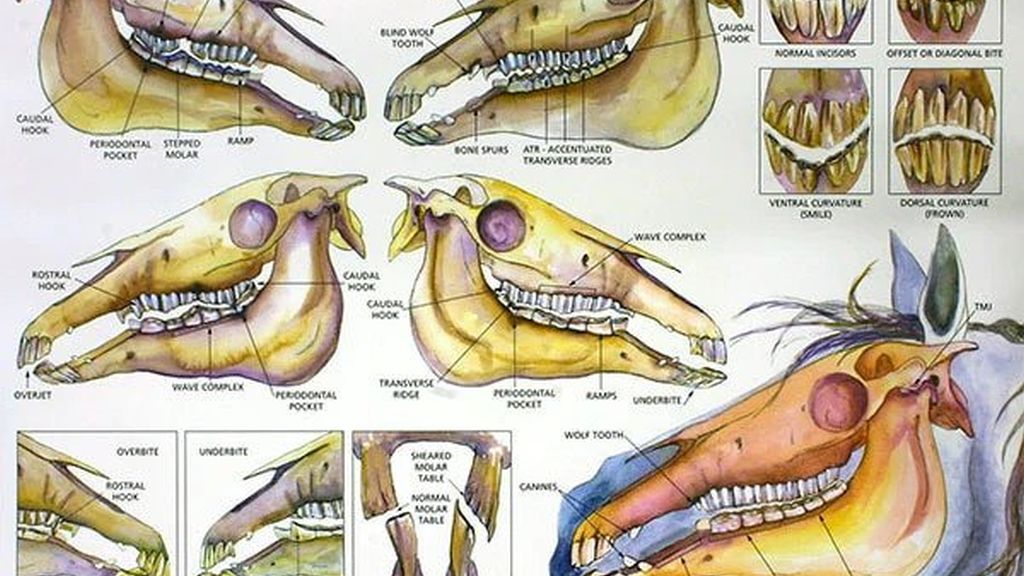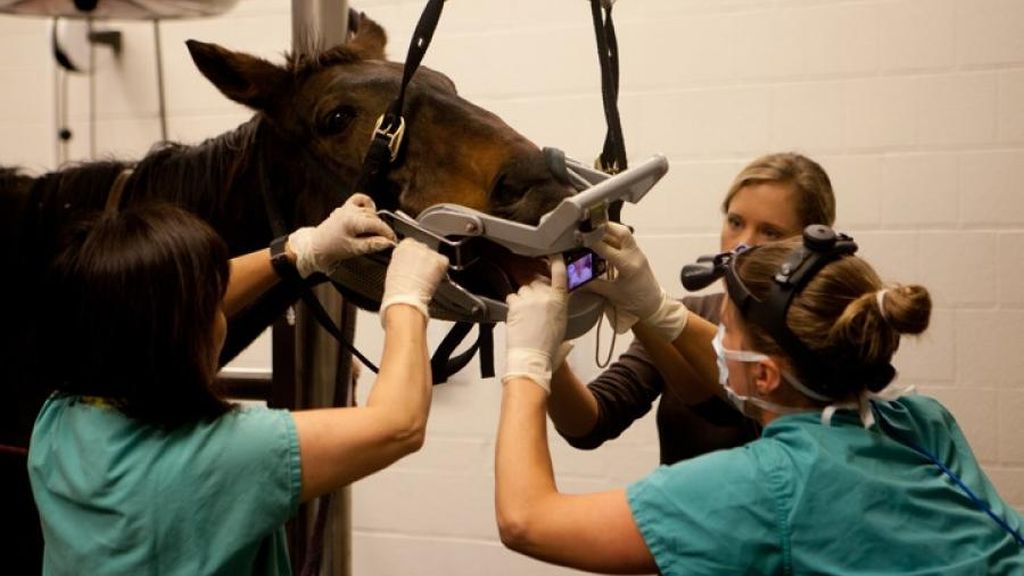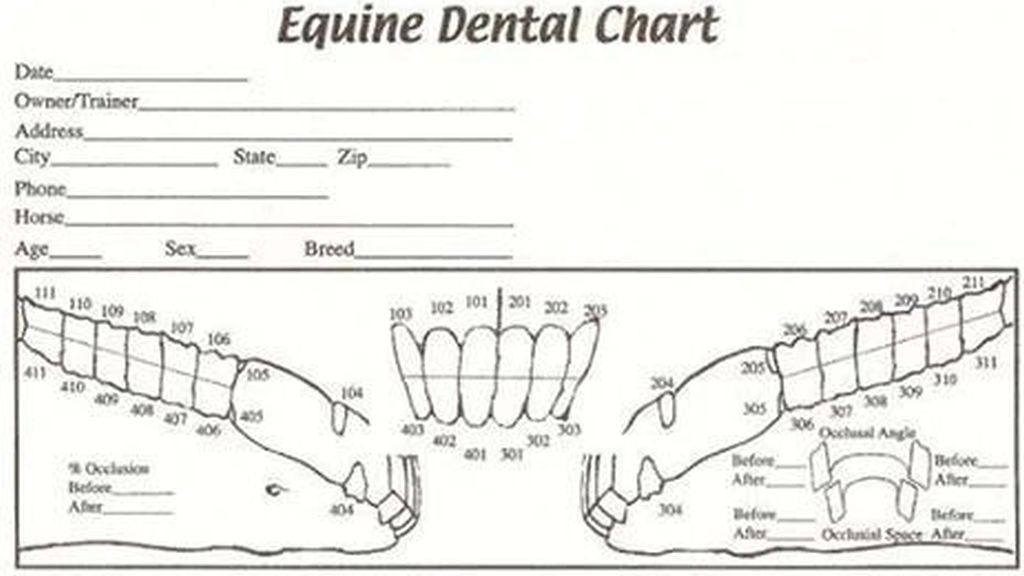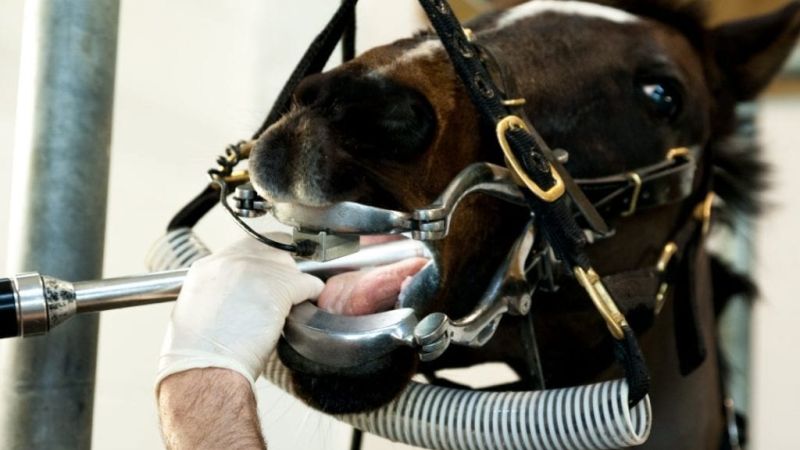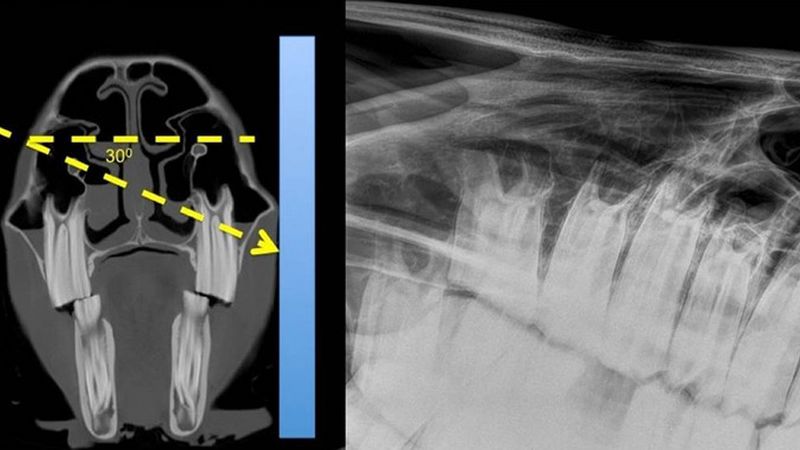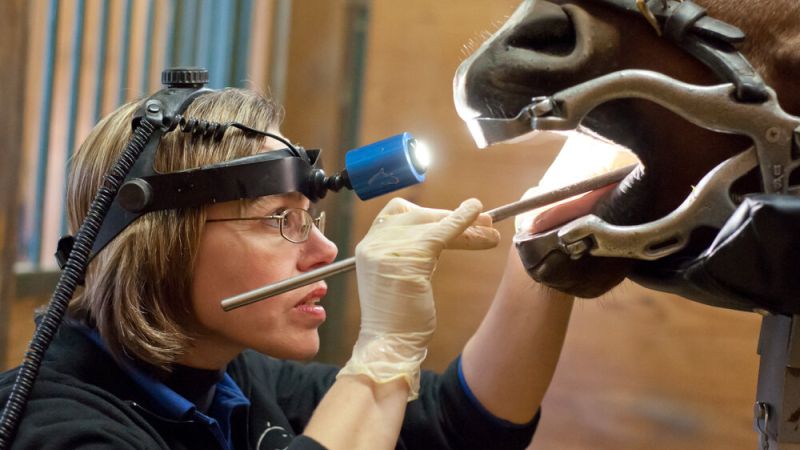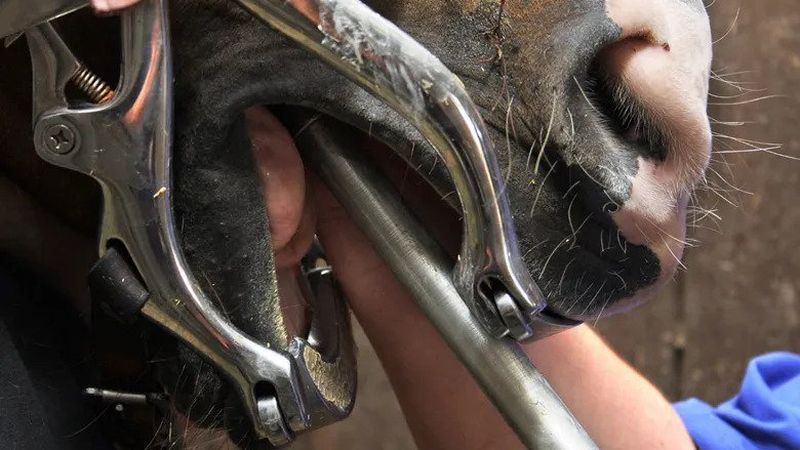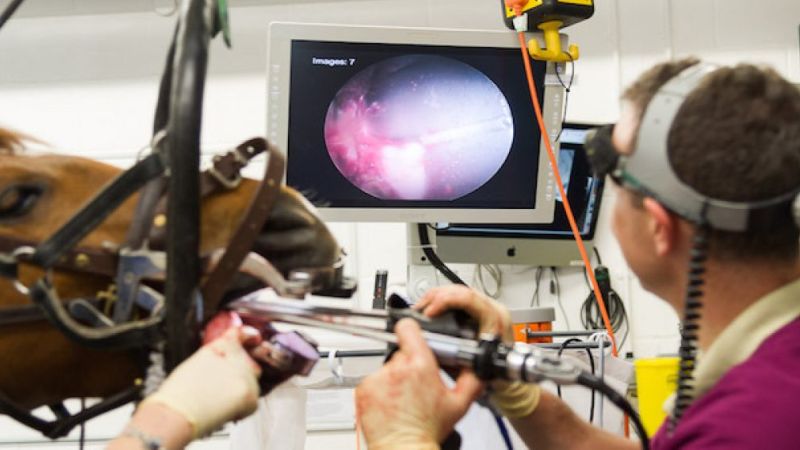The Significance of Dental Floating for Horses
Understanding Dental Floating
Equine dentistry is an integral part of responsible horse care, encompassing various procedures aimed at maintaining the health of a horse’s teeth and oral cavity. Dental floating, in particular, is a fundamental practice that plays a pivotal role in ensuring equine oral health. This procedure holds great significance due to the unique dental structure of horses and their specific dietary needs.
The Importance of Proper Dental Alignment
Horses are herbivores with teeth adapted for grinding fibrous plant material. Unlike humans, horses’ teeth continue to grow throughout their lives, which can lead to dental problems if not properly managed. The natural wear from chewing tough forage often results in sharp edges, hooks, and uneven surfaces on the teeth. Such irregularities can cause discomfort and pain for the horse, making it challenging for them to chew and process food effectively.
Dental misalignments can have far-reaching consequences beyond oral discomfort. Horses with dental issues may experience weight loss, behavioral changes, and even performance problems due to discomfort while carrying a bit. Dental floating addresses these problems by smoothing out sharp points and ensuring proper dental alignment, thereby promoting optimal chewing and digestion.
Prevention of Dental Problems
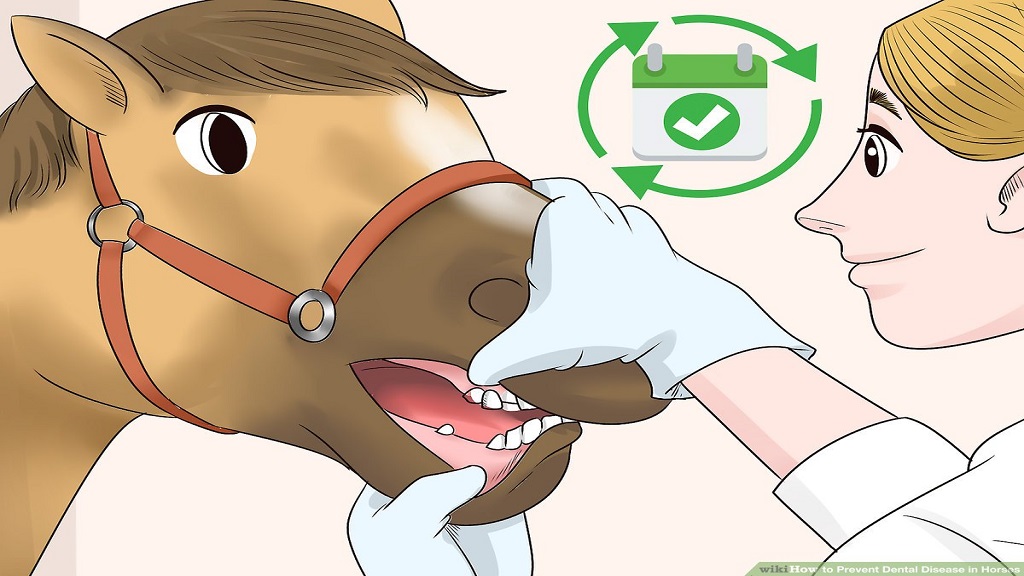
Regular dental maintenance, including floating, is crucial for preventing the escalation of dental issues. Minor irregularities, if left untreated, can lead to more severe conditions that not only affect oral health but also impact the overall well-being of the horse. One such condition is malocclusion, which refers to improper alignment of the upper and lower teeth. Malocclusions can lead to abnormal wear patterns, pain, and even difficulty closing the mouth properly.
Additionally, inadequate dental care can result in periodontal disease, a condition that affects the gums and supporting structures of the teeth. Periodontal disease can lead to pain, tooth loss, and systemic health problems as bacteria from the mouth enter the bloodstream. Furthermore, improper dental function can contribute to colic, a serious digestive disorder that can be fatal if not promptly addressed. By regularly performing dental floating, veterinarians can address these concerns and ensure that horses maintain good oral health.
The Dental Floating Procedure and Its Benefits
The Dental Floating Procedure
Dental floating is a specialized veterinary procedure that focuses on correcting dental abnormalities and ensuring proper dental alignment in horses. This procedure is typically performed by veterinarians who have expertise in equine dentistry. The process involves several key steps to assess, address, and optimize a horse’s oral health.
Assessment and Preparation
Before beginning the dental floating procedure, the horse is usually sedated to ensure its comfort and cooperation throughout the process. Sedation not only reduces anxiety but also facilitates the insertion of a speculum—a device that holds the horse’s mouth open and provides better visibility for the veterinarian. This allows the veterinarian to thoroughly examine the entire oral cavity, including the teeth, gums, and surrounding structures.
Correction of Dental Abnormalities
Using specialized dental tools, the veterinarian carefully files down any sharp points, hooks, or other dental irregularities present in the horse’s mouth. These tools are designed to replicate the natural wear that would occur in the wild, promoting a balanced bite and comfortable chewing. The goal is to create a smooth and even dental surface that facilitates effective mastication and reduces the risk of oral discomfort.
Benefits of Dental Floating
The dental floating procedure offers a range of benefits for equine oral health and overall well-being:
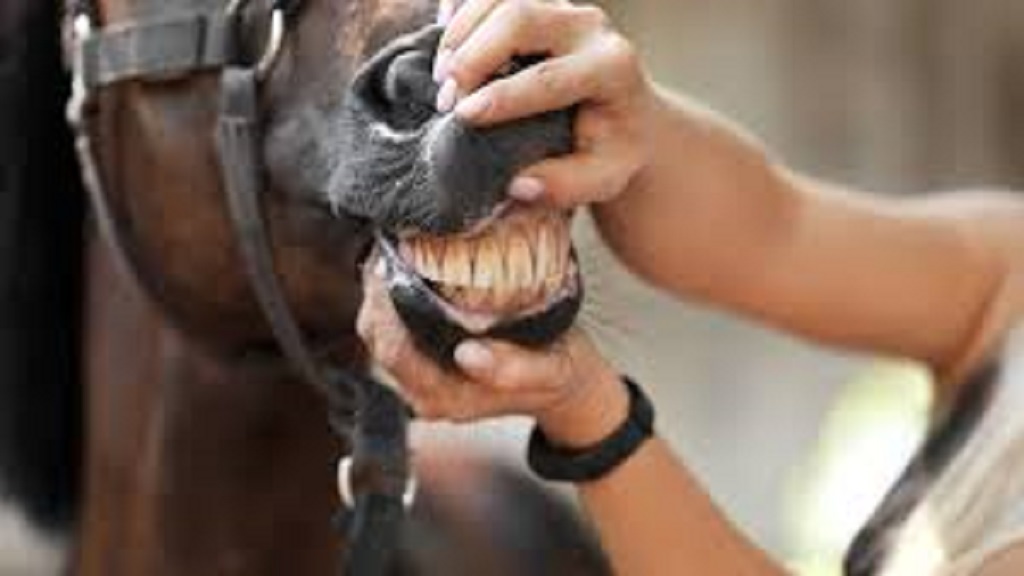
– Pain Relief: By addressing sharp edges and uneven dental surfaces, dental floating alleviates pain and discomfort associated with eating and chewing. Horses that undergo regular dental care are more likely to exhibit healthy eating behaviors without signs of pain.
– Improved Digestion: Proper dental alignment resulting from dental floating allows horses to chew their food thoroughly, promoting effective digestion. Efficient mastication leads to the breakdown of food particles, aiding in nutrient absorption and overall digestive health.
– Enhanced Behavior: Horses with dental problems often exhibit behavioral changes due to pain and discomfort. After receiving dental care, including floating, horses tend to display improved behavior, showing increased willingness to perform and engage with riders and handlers.
– Extended Lifespan: Regular dental care, including dental floating, contributes to the overall longevity of a horse’s life. Dental problems, if left unaddressed, can lead to systemic health issues that can impact the horse’s well-being and lifespan. Proper dental maintenance minimizes these risks.
Recommended Frequency of Dental Floating
The optimal frequency for dental floating varies based on factors such as the horse’s age, diet, dental conformation, and overall health. As a general guideline, most horses should undergo dental floating every 6 to 12 months. Younger horses, whose teeth are erupting rapidly, might require more frequent dental care to manage their changing dental landscape. Conversely, older horses might need less frequent floating, as their dental growth slows down over time.
Regular dental examinations are essential for determining the appropriate timing of dental floating for each individual horse. By adhering to a consistent dental care schedule, horse owners can ensure that their equine companions maintain optimal oral health throughout their lives.
Conclusion
In this section, we’ve explored the dental floating procedure and the numerous benefits it brings to equine oral health. By addressing dental abnormalities, promoting proper alignment, and improving overall dental function, dental floating plays a crucial role in enhancing horses’ quality of life. Furthermore, understanding the recommended frequency of dental floating ensures that horse owners can provide their beloved companions with the consistent care needed to maintain healthy and functional teeth.
